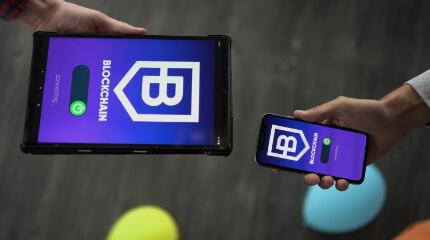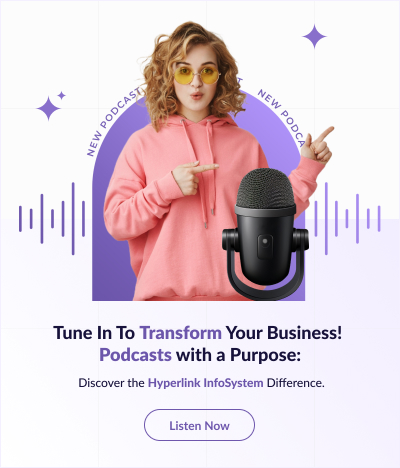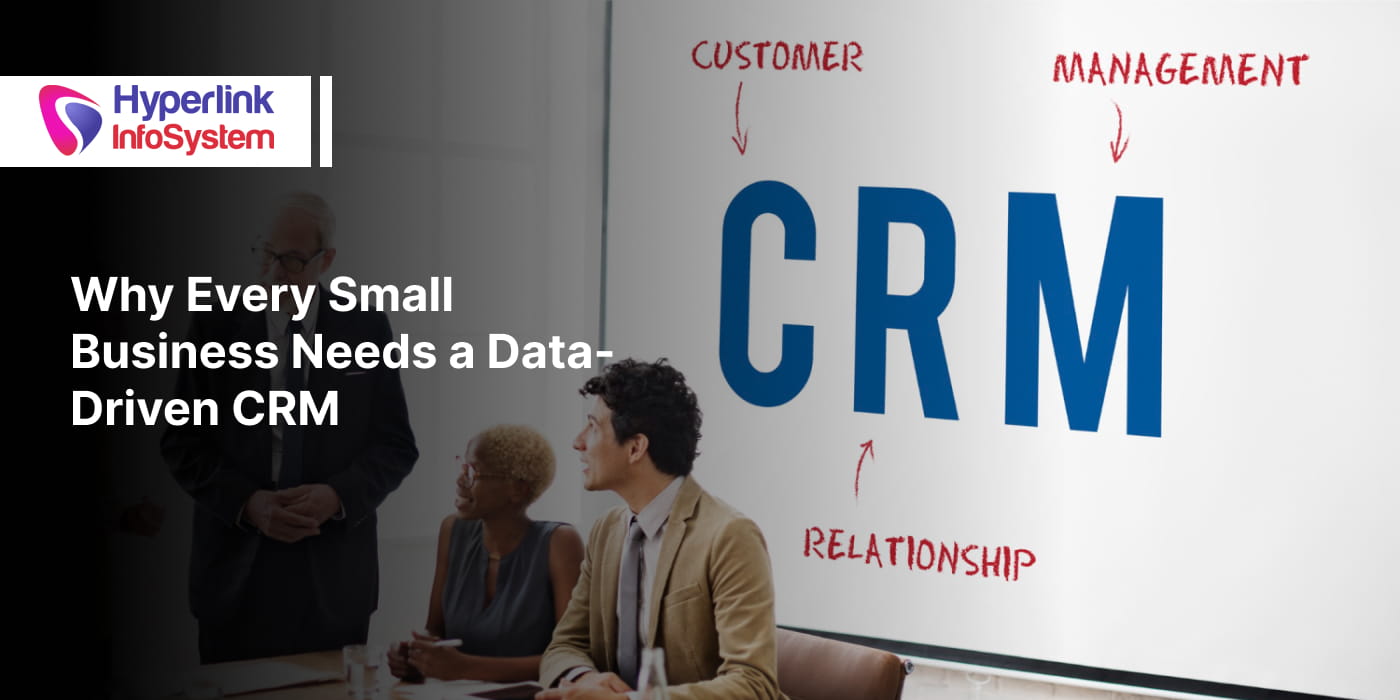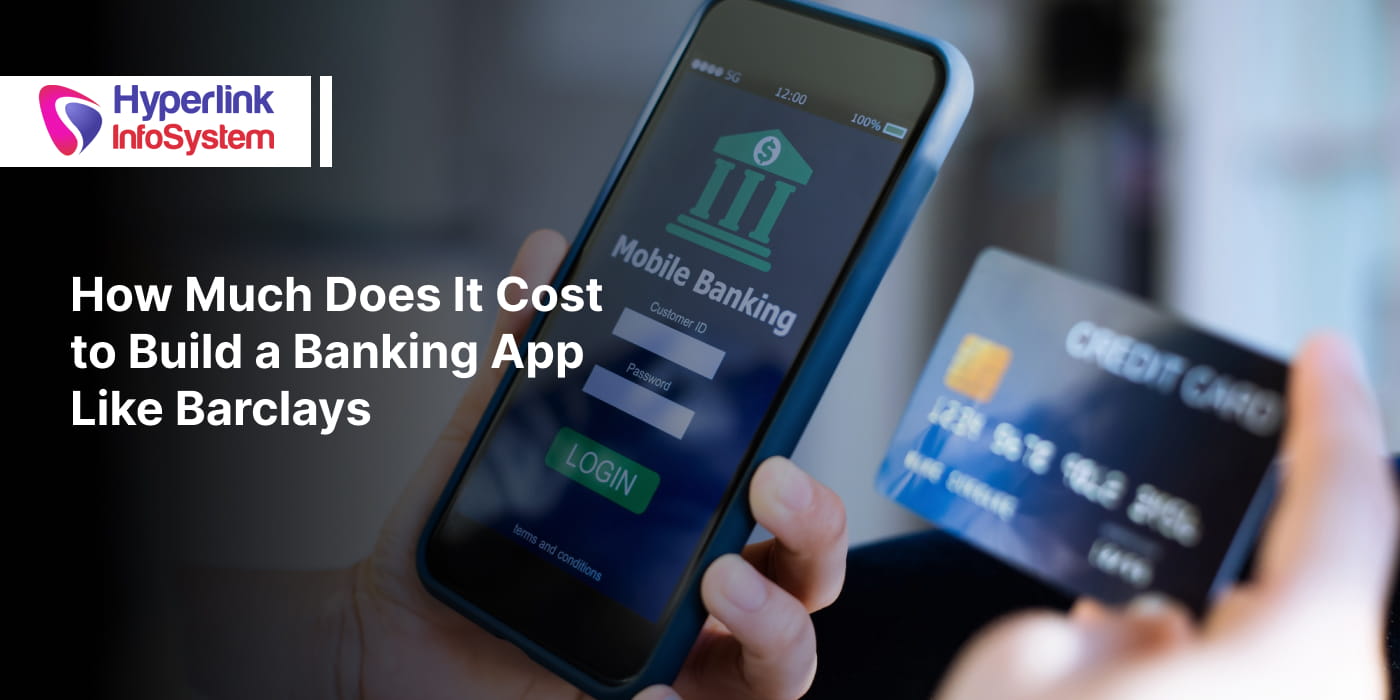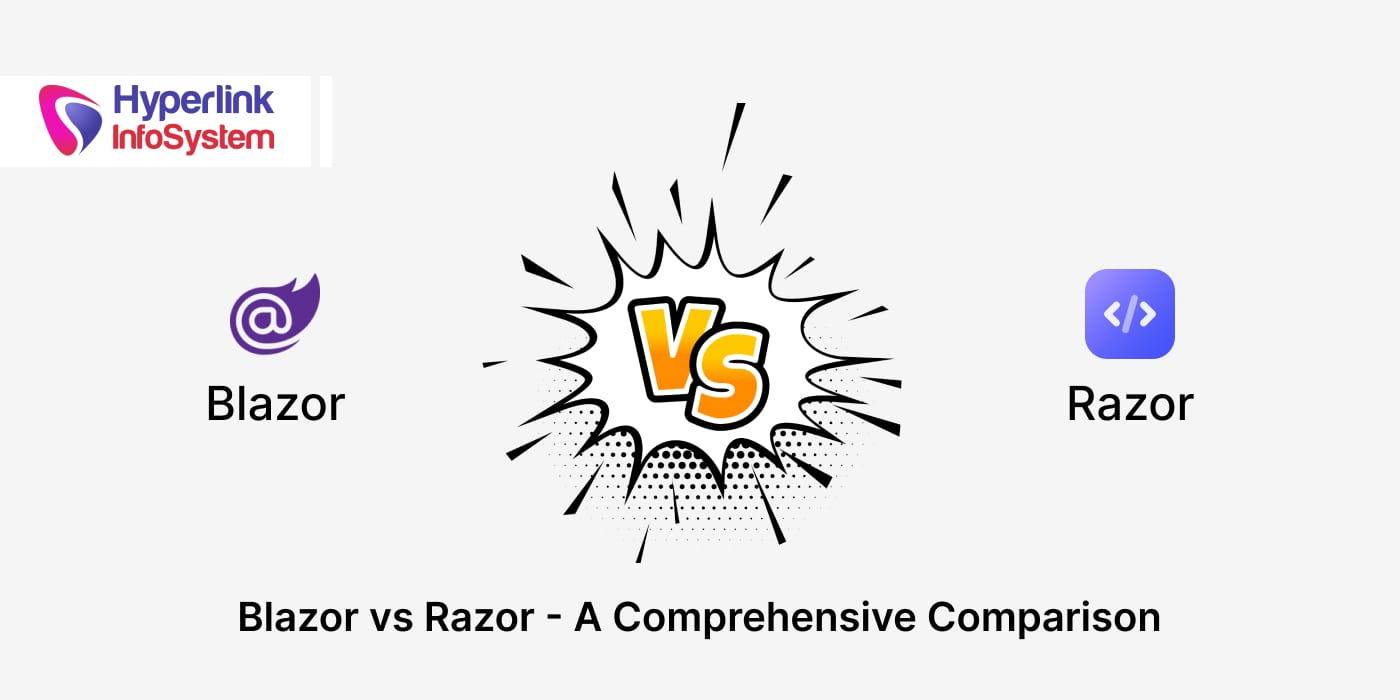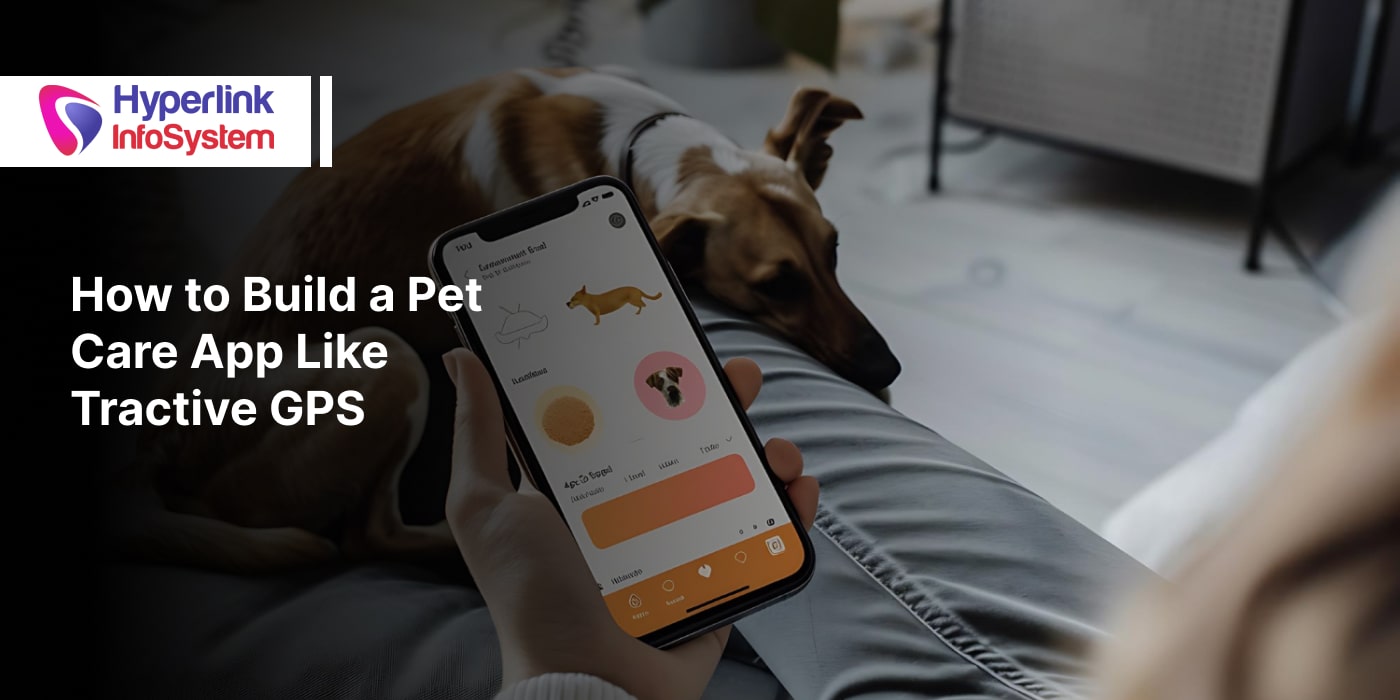�
Gamification is a technique aimed at transposing the mechanics and codes of video games to areas for which they were not necessarily intended. This technique has always been used to encourage the participation of students in class (good points, images, etc.), but also that of soldiers on the battlefield (medals, badges, ranks, etc.). Widely developed with loyalty programs, the trend gained popularity during the 2010s with the explosion of social media and the rise of the smartphone.
One of the first to jump at the chance was Foursquare, which allowed users of its mobile application to identify themselves at a specific location and become “mayor” of the location in question. At the height of its glory, the application represented more than 50 million users worldwide and 8 billion "check-ins".
Engament at the heart of gamification
The objective of gamification is to maximize user retention by facilitating and providing a playful dimension to the application. We then speak of "gamification". The developers of the most popular mobile applications have understood the great potential of this method and include the game codes. For example, the famous Snapchat which uses a points system to rank friends and a panel of trophies awarded as and when usage measurement.
The reward of the user in the form of points, levels or statuses is today the most widespread form but many other means are possible:
* Ranking and position in relation to other users
* Virtual badges and trophies
* Gifts and virtual currency
* Progress bars
* Dashboards and scoring
Another more recent example: Welcome To The Jungle, (which we don't even show you anymore) which released for 2019 a new game allowing it to present every application development company that the site contains.
We let you try it here
NikePlus Running is the perfect example of a mobile application bringing together almost all of these gamification techniques. It takes the form of a dashboard listing the different scores of the runner: number of runs, record times, average times, number of kilometers traveled, track of the route, accumulated points (NikeFuel), etc. A gauge shows him his progress and how far he has to go before reaching the next level. The user is then encouraged to go above and beyond to beat his own records but also those of his friends with whom he can share his results.
Strategic implementation
All these elements are intended to stimulate the motivation of the user and to awaken his competitive spirit. But gamification also has other marketing-oriented interests such as increasing the user persuasion rate. Indeed, he will be abler to authorize access to his personal information or to accept to perform certain actions if these are included in a well-tested gamification system (registration, survey, etc.). Thus this technique acts as a lever of loyalty by promoting the creation of a feeling of proximity with the brand. For
app development companies, it is also about being able to stand out in an extremely saturated competitive universe where each product seems at first glance to look alike.
Finally, gamification brings interest and originality to tools that are not used to being interactive or fun, like GPS. The monotony of this feature can be overcome by the integration of a mini-game.
Waze has achieved the feat of creating a community of users who want to help other drivers "thwart traffic and get the best route to and from work".The mobile application transforms the daily journey into an interactive social trip. It commits the user to participate by offering him the possibility of climbing levels or earning points according to the number of kilometers traveled and reports made.
User behavior
Gamification techniques work so well that they have the power to create in individuals a feeling of excitement, happiness or in some cases, "anxiety about missing something".These extreme feelings are mainly present in users of mobile applications.
This is why, NirEyal, author and Israeli-American entrepreneur, sought to explain how the development of a product from his hook-shaped model (The Hook Model) allowed to obtain a strong emotional connection with the and a long-term commitment.
The goal of his model is to create a kind of routine dependence on a product. Habit is an ordinary way of acting and thinking. The individual who acts out of habit acts without really thinking about what he is doing. Action therefore becomes an ordinary reflex. Completely adapted to the world of mobile applications, it looks like this:
1. Trigger
The first stage of the process is linked to the triggering factors which can be of two types: external triggers (interaction elements, action buttons, popup) and internal triggers (personal emotions, situation, environment, social interactions, etc.). Individual feelings, especially negative emotions (tiredness, boredom, hesitation, dissatisfaction, etc.), are excellent triggers often at the origin of the relationship with the application.
Providing the individual with a set of triggers therefore encourages them to associate their existential needs with the mobile application. For Instagram, for example, it involves creating the user's automation to open the application when they want to take a photo.
2. Action
The individual therefore begins to use the application and develops a relationship with the brand. We are talking about all the actions to perform here, such as scrolling, searching, launching the playback, video viewing, etc. functionalities.
3. Reward
Then, to hook the user, it is necessary to provide rewards in anticipation of his future engagement. Mobile applications that want to build addiction with their users, use one or the other of these variables:
4. Investment
The investment is the result of the previous three stages. The user enters into a relationship with the mobile application and you benefit from it: personal data, comments, notes on the stores, purchase, share capital, etc. Each engagement loads a new trigger and the cycle begins again.
Mobile applications such as Instagram, WhatsApp or Facebook have used this model to develop their offer and create a feeling of dependence among their users.
It is important to plan for gamification and not to skip the stages. You have to make sure that adding this playful dimension will improve the user experience, make it more attractive and "addictive" without making the navigation more complex or heavier.
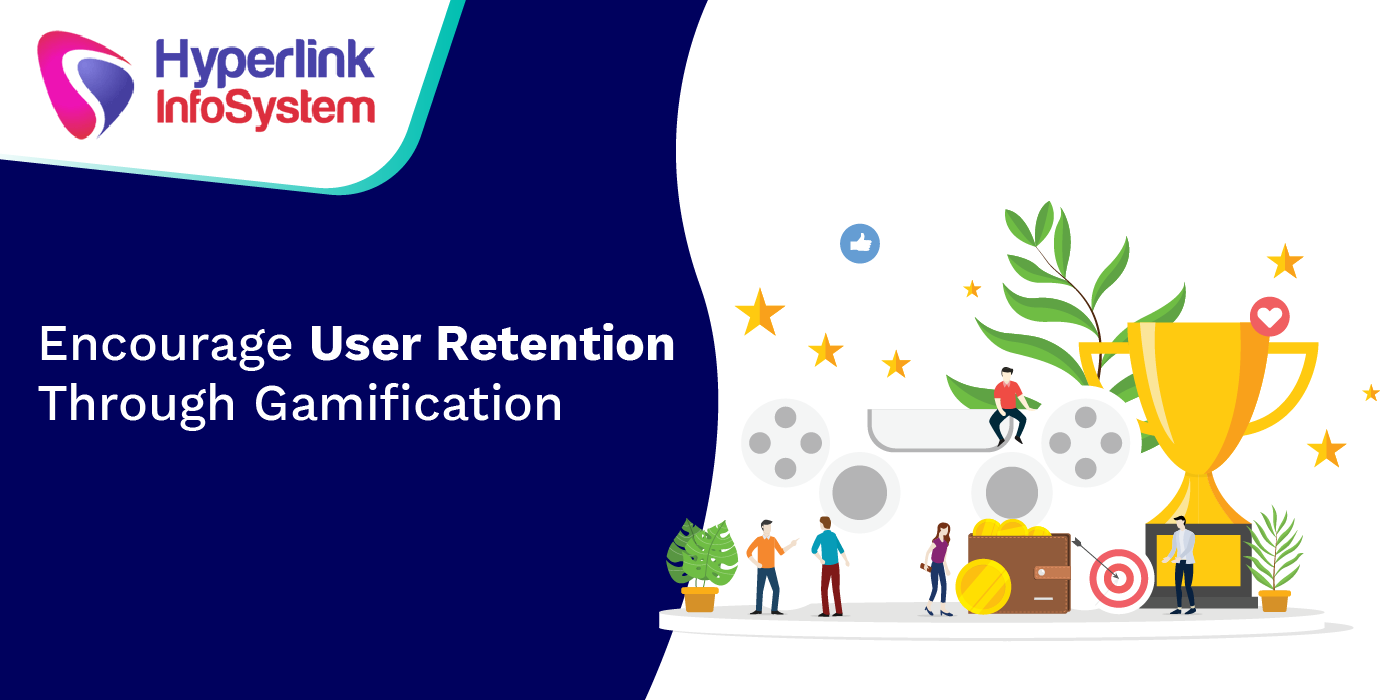
.png)

